Opened today until 17:00
Opened today until 17:00
Old wagon boards or wagon parts, are wooden floor boards that come from (old) freight cars or railroad cars. These wagons served to transport a variety of goods, including steel beams, pipes, coils, gravel, stones, scrap iron and various other industrial raw and (construction) materials. Over time, these wagons are decommissioned and eventually dismantled, releasing the old wooden floorboards.

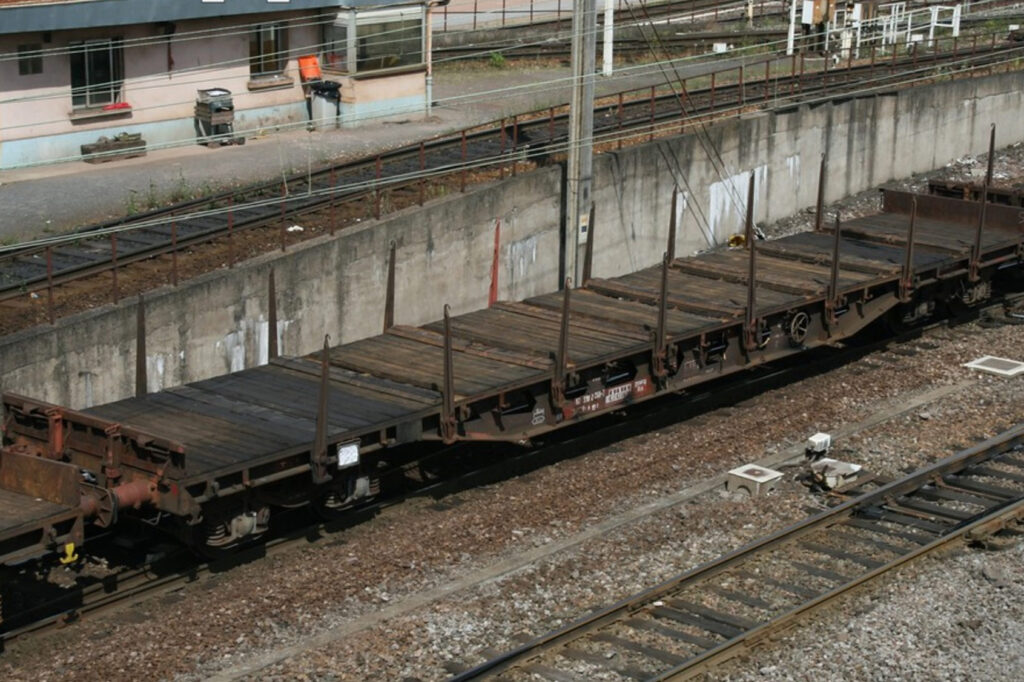
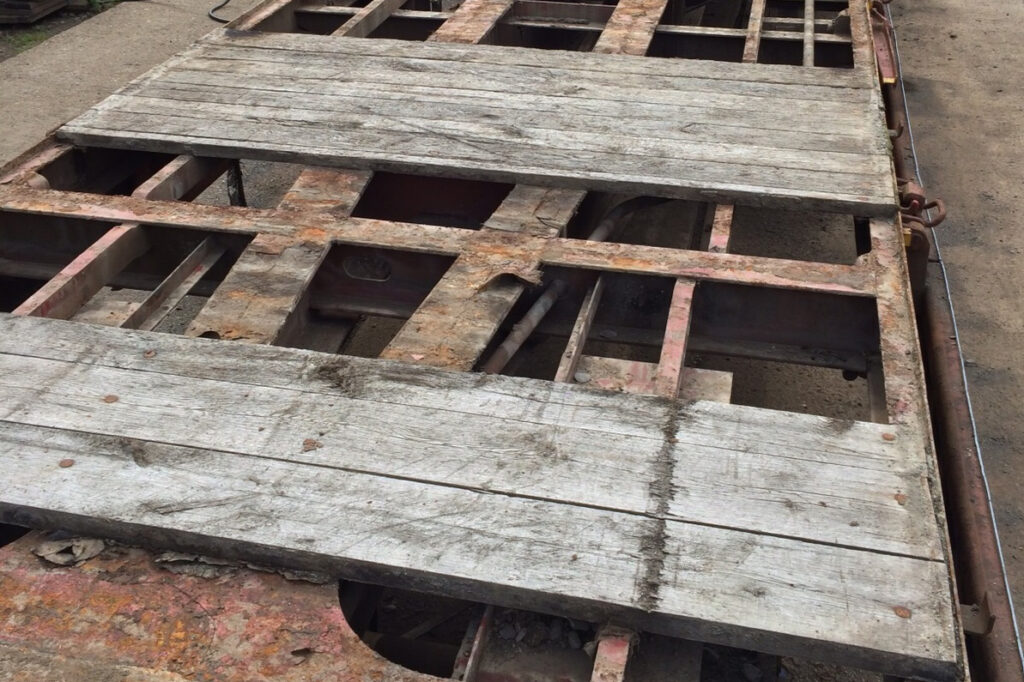
Many wagon boards have their origins in France, which can be explained by several factors.
In fact, why especially in that country?
First, France has an extensive rail network for freight trains, which has contributed to the availability of old wagon boards. By decree of Louis XVIII, a license was granted in 1823 for the construction of the very first railroad to transport coal. France is the largest country within the European Union by area, centrally located in Europe and directly adjacent to several major trading partners such as Spain, Italy, Switzerland, Germany, England and Belgium. France has an extensive network of railroads that also cross borders, and which are also heavily used by French industry. So that means relatively many freight cars.
A second reason is that oak is a domestic resource in France due to the numerous oak forests. The preference of the French is often to use available domestic raw materials instead of importing the wood from other countries. So in summary, French industry takes advantage of the extensive railroad network and French oak is often chosen for the wooden floors in the train cars.
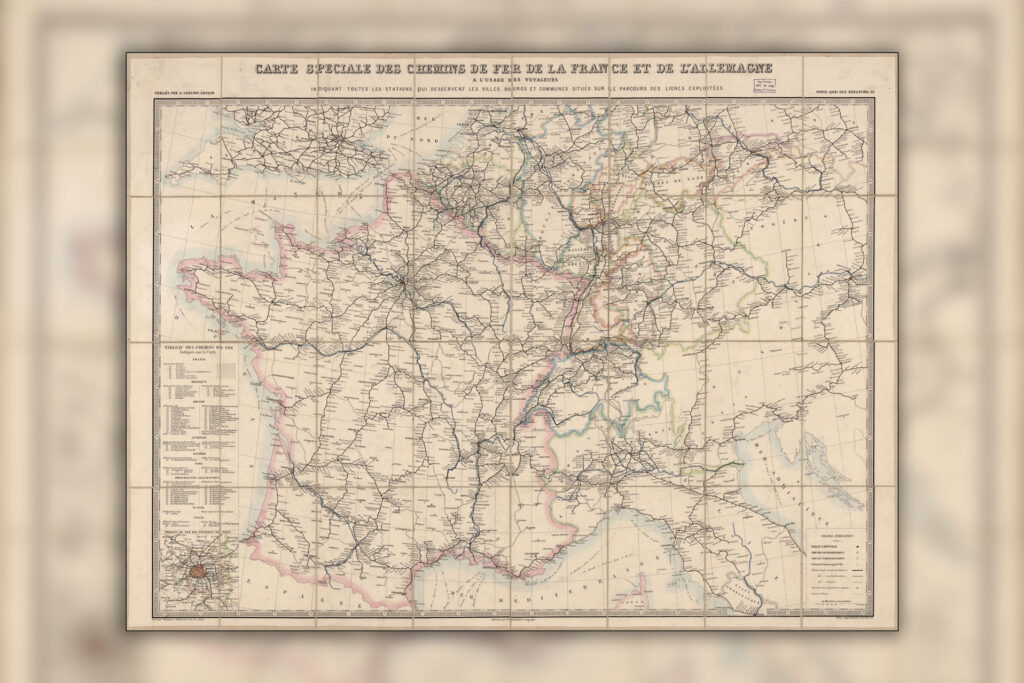
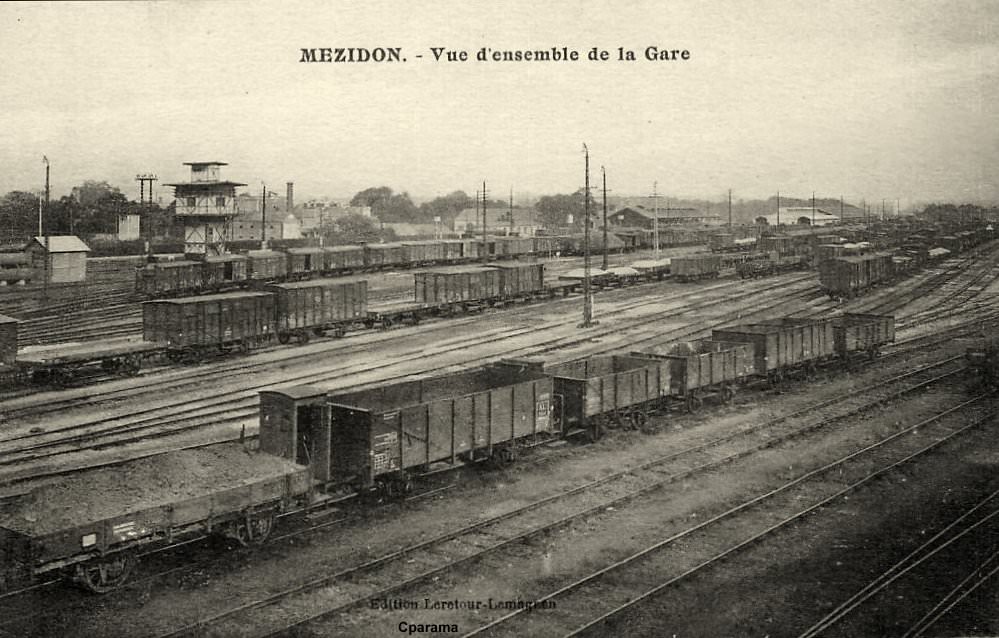
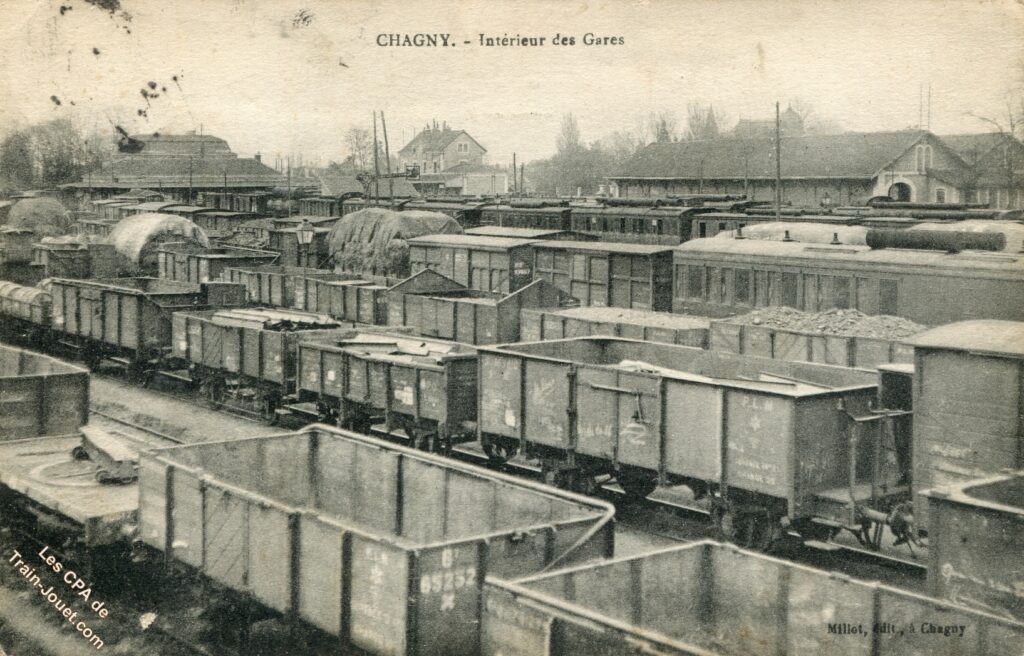
A true wagon board can be identified by a few factors. The boards are never longer than 285 cm because the width of the wagon is limiting the length of the wagon boards; namely, the boards are laid in the width direction of the wagon. In addition to length, a wagon board is also at least 3 to 4.5 cm thick. In some rail cars even thicker planks up to 6.5 cm thick are used however these are very scarce.
The boards were attached with two, three or four bolts, visible in the photo. During disassembly, the bolts are heated with a burner, which facilitates loosening. As a result, the boards around the holes may show partial charring of the wood.
The top of an old wagon board has been lived in. The wood has had a lot to endure from transporting the various goods, as well as the weather. In contrast, the underside tends to be smoother and less battered.
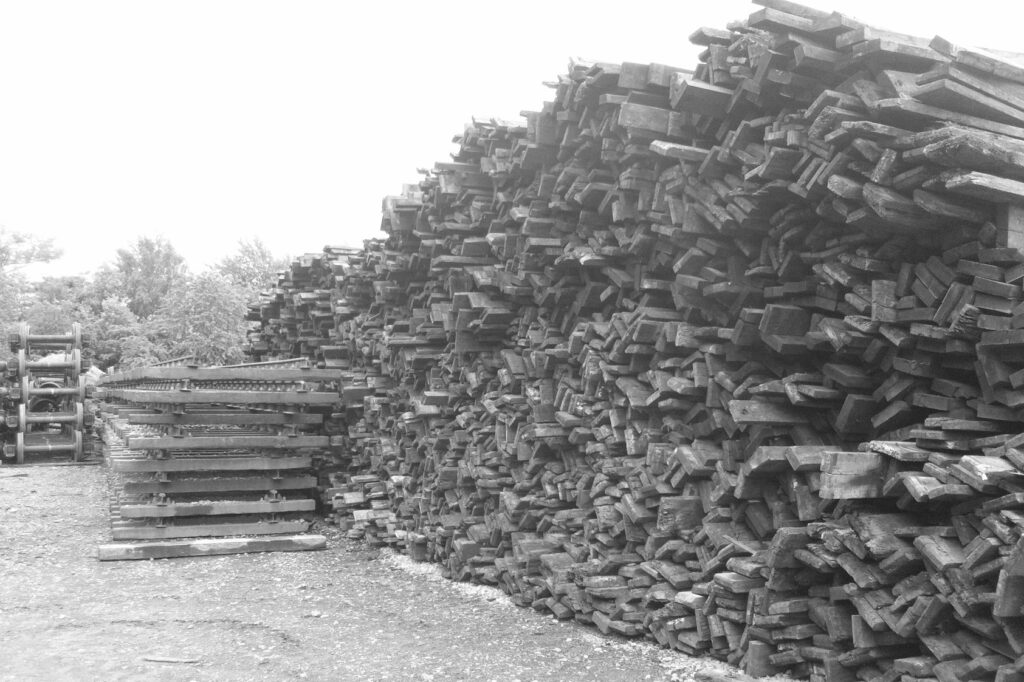
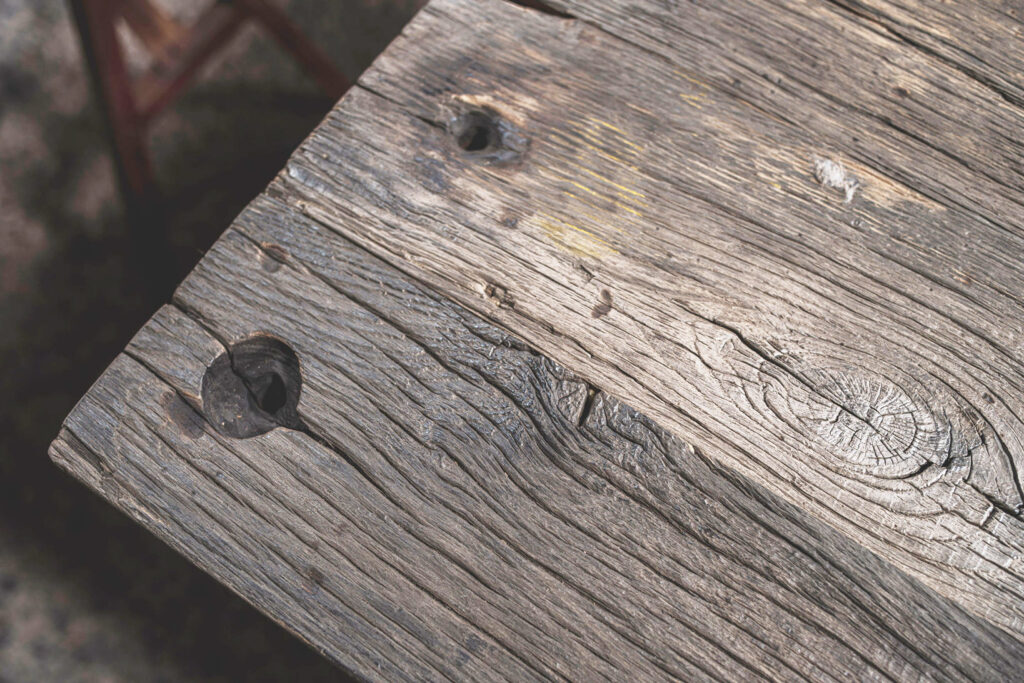
Wagon boards and railroad boards are sometimes confused, but there are essential differences such as origin and quality. A wagon plank comes from the floor of a train car, while a railroad plank is cut from an old railroad sleeper, the oak beams under the track, recognizable by the 8 fixing holes. Another distinction concerns quality: the oak of a wagon board is considerably better than that of a railroad board, because lower-quality oak logs were used to saw railroad sleepers.
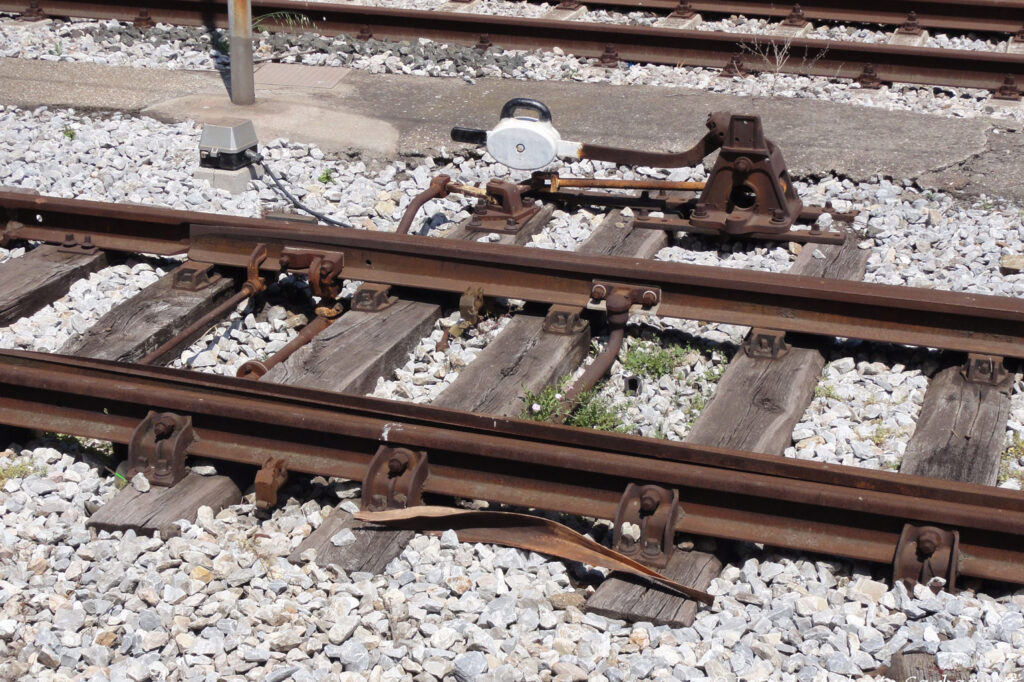
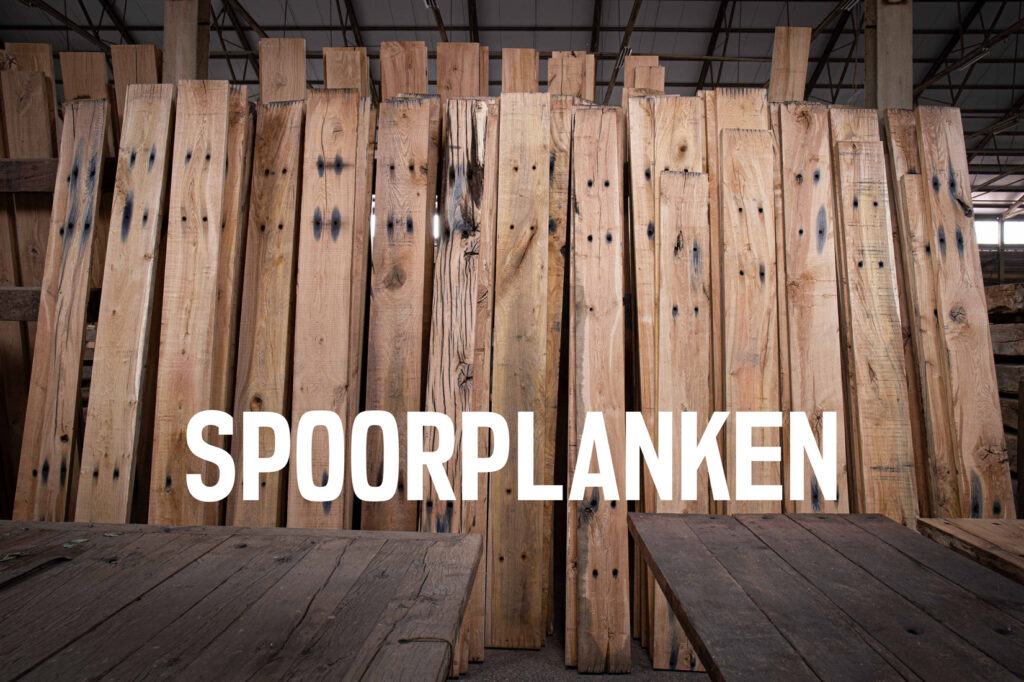

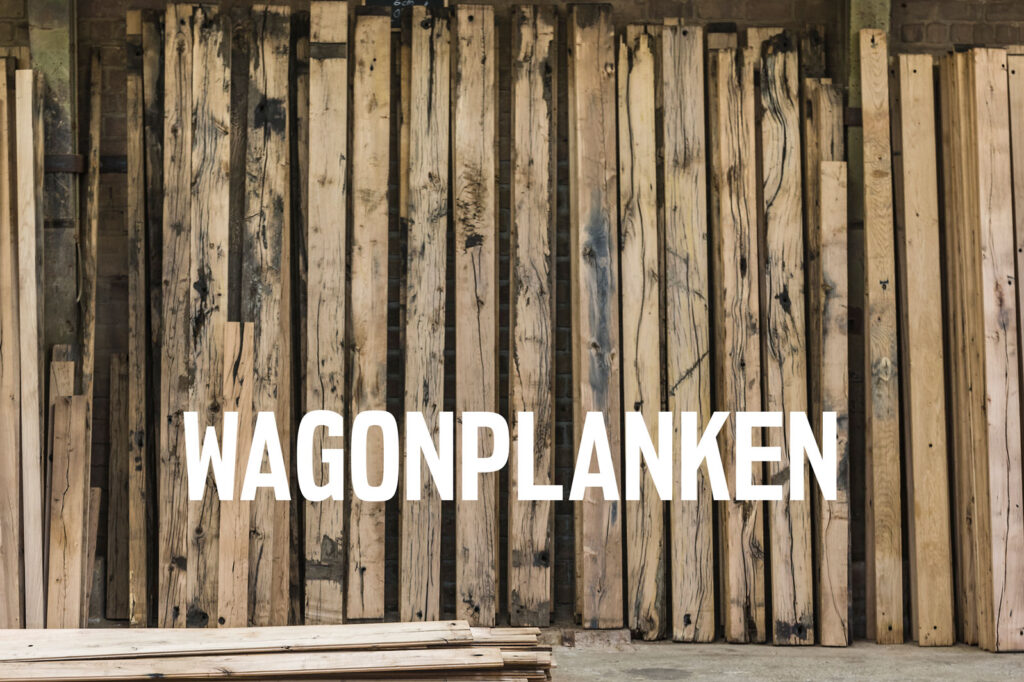
There are several types of wagon boards and each batch has different properties. First, the wood profile of the board may differ. For example, the traditional wagon board has a rectangular profile, and other wagon boards have a so-called Z-profile or half-wood joint.
The oak wagon boards are mostly from open freight wagons without canopies. The wood is strong and durable and is resistant to various weather conditions. Some train cars have tropical hardwood wagon boards on the floor. These boards are also ideally suited for open freight cars. Other batches of wagon boards come from enclosed freight cars, railroad cars with a canopy. Such boards do not come into contact with rain and sun, and a therefore a softer softwood is also suitable. Old pine wagon boards always come from closed freight cars.

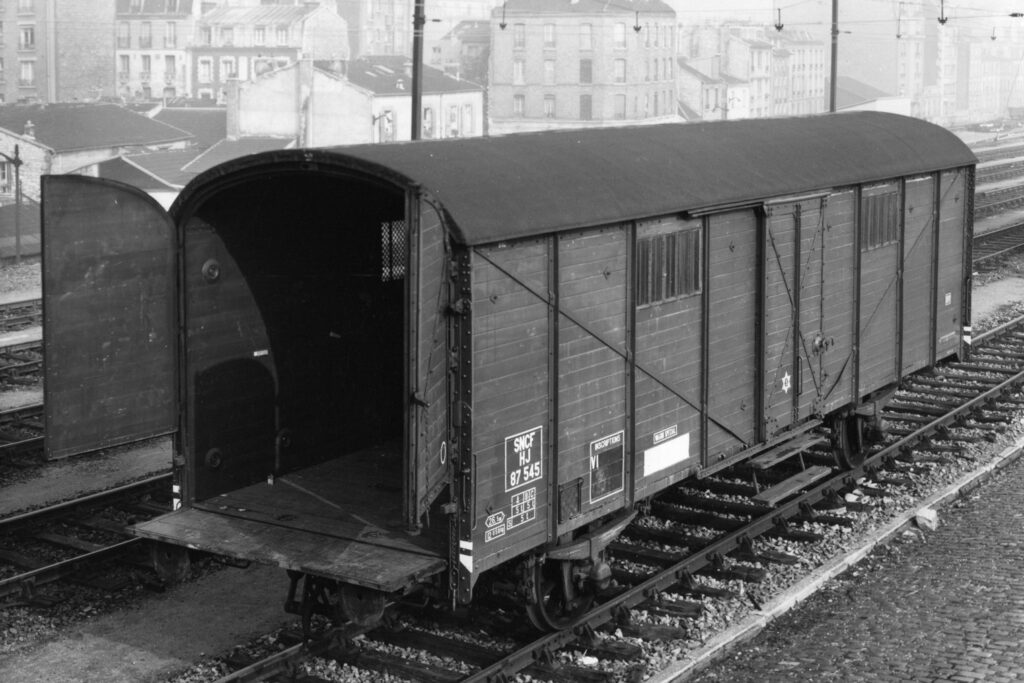
The use of oak for the wood floors in French railway cars is declining, as many other materials with similar properties are now available. So oak wagon boards are becoming increasingly rare. Moreover, French oak is scarce and therefore expensive these days, so French railroads are opting more often for alternative materials. So it is becoming increasingly difficult for us to obtain the distinctive old oak wagon boards in the future. Fortunately, we have built up an extensive inventory over the past few years so we can always supply what is requested.
Want to know more about wagon boards?